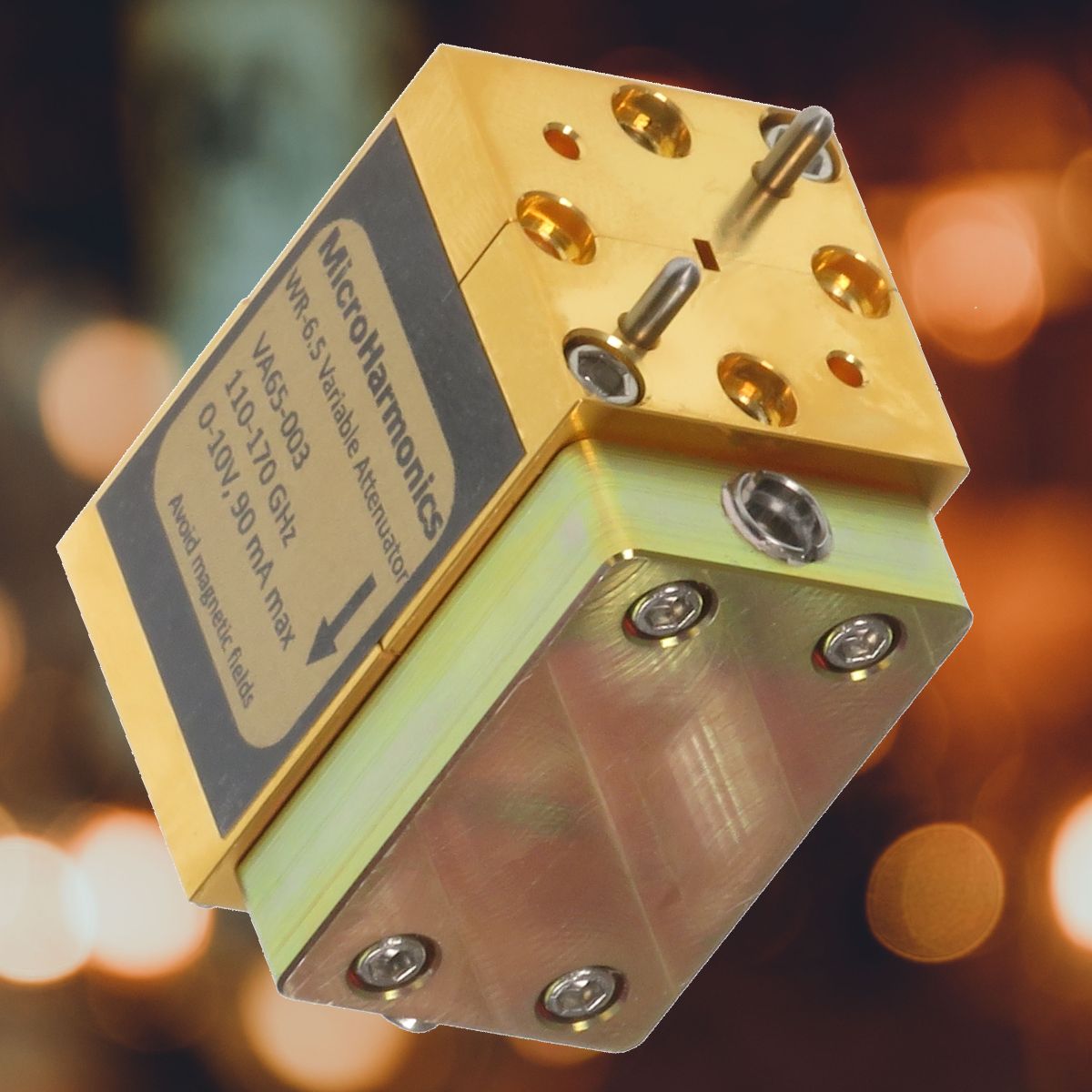April 25, 2024
skyler2025-05-08T15:29:12-04:00Microwave Product Digest published a story about the challenges of using isolators in MMW amplifiers. The article discusses how Micro Harmonics isolators are overcoming the notable drawback of conventional isolators. Among those mentioned in the article is the issue of insertion loss. Traditional isolators operating in the D-band (WR-6.5, 110-170 GHz) can have insertion losses [...]










